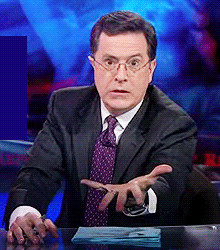The trophies symbolize the kid growing up to a teenager. Since he is no longer a kid, he doesn't want toys anymore and decides he wants collectables instead, but still wishes to play with them. The fact that he grew up also sorta explains Melee's "darker and edgier" look compared to 64 as well as the first appearence of Crazy Hand, since he's probably going through the "edgier is cooler" fase.
In "Brawl", he has now became an adult. He still plays with his trophies, but society looks down on him for it. This explains the Subspace Emissary's main antagonist, "Taboo", and why he manipulates Master Hand. However, the trophies triumph against the enemy, which symbolizes the now-grown up kid decides to stop caring about other's opinions and continues to play.
About the fourth game, I'm guessing that he had a kid, and passed down his trophies to him, which explains the more colorful and vibrant look in this game.
I still prefer to think that it's the real characters fighting in a friendly competition though. It sounds more fun to me.

Also, a large portion of this was taken from Game Theory's video on the lore.









